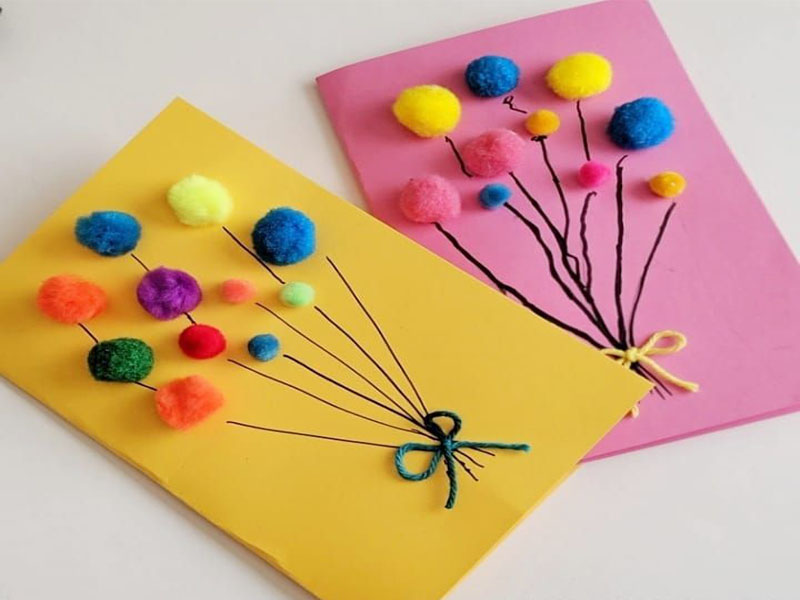Craft, the age-old practice of creating beautiful and functional objects by hand, holds a special place in our modern world. In an era dominated by mass production and digital technology, the art of craft offers a refreshing reminder of the power of human creativity and the preservation of traditional skills. From woodworking to ceramics, weaving to glassblowing, craft encompasses a wide range of disciplines, each with its unique history and techniques. In this article, we will delve into the world of craft and explore its significance in our lives.
At its core, craft is an embodiment of human ingenuity and skill. It is an expression of the artisan’s dedication and passion for their chosen craft, as well as a testament to their ability to transform raw materials into objects of beauty. Whether it’s a finely carved piece of furniture, a delicately woven tapestry, or a hand-thrown pottery vessel, craft objects possess a tangible sense of authenticity and individuality that sets them apart from their mass-produced counterparts.
Craft also plays a vital role in preserving cultural heritage and traditions. Many craft techniques have been passed down through generations, carrying with them the stories and traditions of a particular community or region. Through the practice of craft, artisans keep these traditions alive, ensuring that their cultural legacy continues to thrive. In a world that is becoming increasingly homogeneous, craft provides a valuable connection to our roots and a reminder of the diversity and richness of human culture.
In addition to its cultural significance, craft offers numerous benefits on a personal level. Engaging in craft activities can be a deeply meditative and fulfilling experience, allowing individuals to disconnect from the fast-paced world and immerse themselves in the creative process. The act of crafting requires focus, patience, and attention to detail, fostering a sense of mindfulness and promoting mental well-being.
Craft also encourages sustainable practices and a more conscious approach to consumption. By choosing handmade, locally crafted goods, we support artisans and small-scale producers, promoting fair trade and reducing our environmental footprint. Craft objects are often made using natural and renewable materials, minimizing the use of synthetic materials and harmful chemicals. By investing in well-crafted, durable pieces, we move away from the culture of disposability and embrace a more sustainable lifestyle.
Moreover, craft serves as a source of inspiration and innovation for contemporary design. Many designers and artists draw upon traditional craft techniques to create modern, cutting-edge pieces that blend the past with the present. The fusion of old and new, traditional and contemporary, results in unique and captivating works that push the boundaries of creativity.
In recent years, there has been a resurgence of interest in craft, fueled in part by a growing desire for authenticity and a connection to the handmade. Craft fairs, workshops, and online platforms have provided platforms for artisans to showcase their work and connect with a broader audience. This renewed appreciation for craft has helped create a thriving community of makers and enthusiasts who value the time, effort, and skill that goes into creating handmade objects.
In conclusion, craft represents a celebration of creativity, tradition, and human connection. It allows us to reconnect with our cultural heritage, find solace in the act of making, and embrace a more sustainable way of living. As we navigate a rapidly changing world, let us not forget the importance of craft and the enduring beauty and value it brings to our lives. So, next time you come across a handcrafted object, take a moment to appreciate the artistry and dedication that went into its creation, for craft truly is a testament to the enduring power of human hands and imagination.


